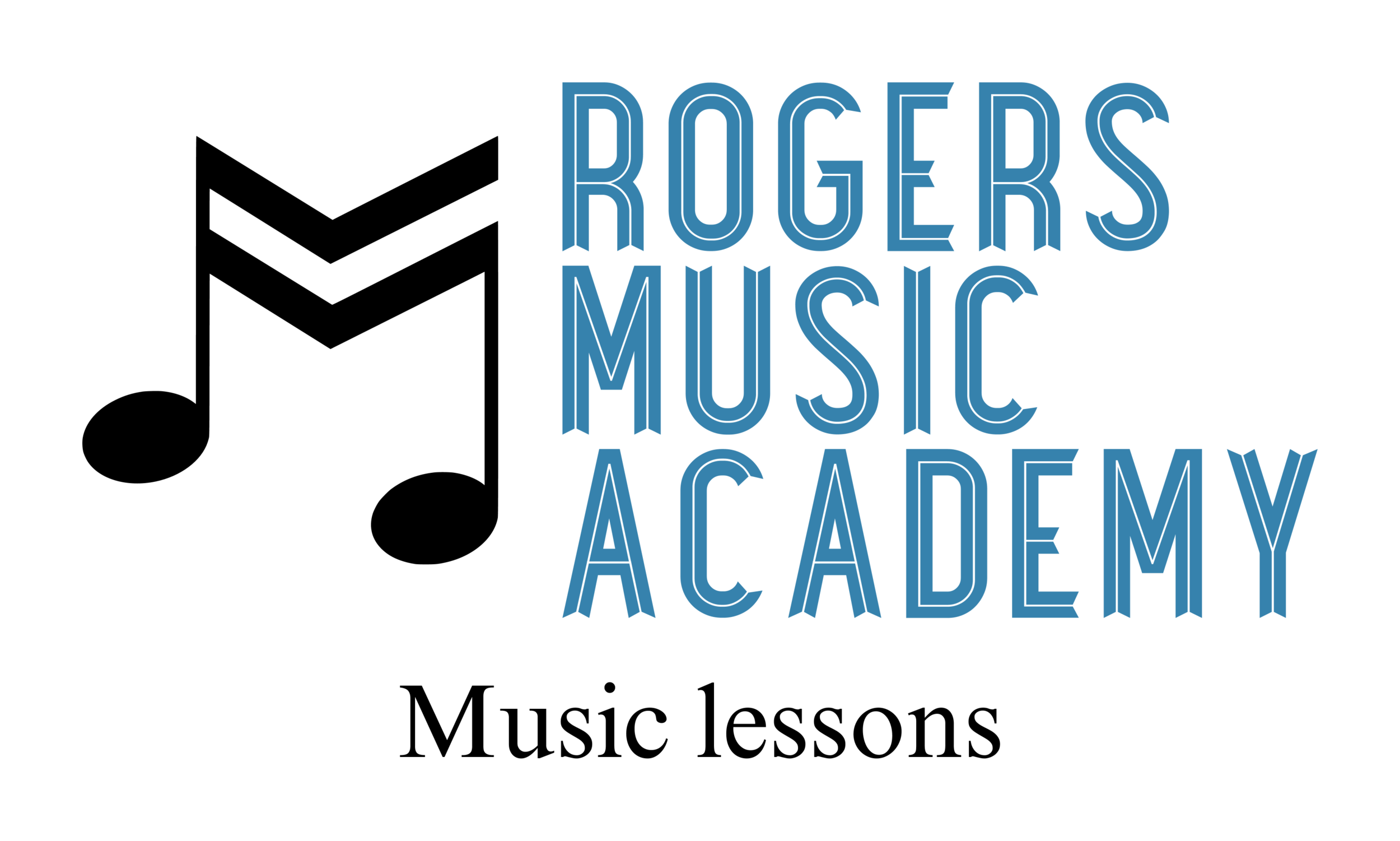Can a Classical Musician Transition To Jazz?
Many instrumentalists with a classical music background eventually decide to learn jazz. Exploring a new genre can unlock new social possibilities, create new gigs for a professional musician, help you understand the genre better if you enjoy listening to it, or simply keep you interested in music.
Whatever your motivation might be, this blog will help you begin the process of applying your classical music background to jazz. If you would like to take piano lessons in Gastonia, please get in touch, and I’d love to hear from you about guitar lessons as well.
Can a Classical Musician Transition to Jazz?
Yes, a classically-trained musician can certainly learn how to play jazz music. Think about it as more of an expansion rather than a transition.
If you have already learned how to play your scales and arpeggios, and if you can read music and sight read, there’s nothing stopping you from learning jazz. Furthermore, if you are already a strong classical musician, you understand key signatures, time signatures, and at least the basics of music theory.
So What Exactly is Left to Learn?
Firstly, you’ll need to be able to comprehend and read a jazz chart. You will need to learn what the various chord symbols, like “Am7,” mean, and then listen to how the pros embellish those chords as they repeat certain sections of the chart.
Along those lines, you could familiarize yourself with a full arsenal of jazz chords in about two months of practice. You will need to be able to add tension to chords fluently (for instance, adding a flat 9 on top of a Maj7 chord). After you’ve learned how jazz chords work, it’s just a matter of getting comfortable playing them in rhythm, on demand.
You will also need to learn how to solo in a jazz combo - you already have the technique available to you, and you will simply need to learn how to use that technique in a jazz setting. The songwriter isn’t going to write all of the notes out for you (as in a classical score), and it’s up to you to write a solo that fits the tune. You can draw inspiration from the solos of great jazz pianists, saxophone players, vocalists, and guitarists.
A simple way to start is to learn the blues scale, then get comfortable playing scales in a number of modes commonly used in jazz. Then, play those scales in your right hand while chording in your left hand. Eventually you will be able to play improvised melodies in your right hand over those chords.
Good Method Books For Classical Pianists Learning Jazz
Jazz Hanon, a book of exercises patterned after jazz licks, is not a bad place to start. It allows you to read the notes (a benefit for classical pianists), but you’ll internalize the chords over time.
The Christopher Norton Microjazz series is another popular choice. It’s a progressive set of books, and you can learn at your own pace. You can also read Jazz Piano: A Primer For Classical Pianists by Larsen.
How Lessons at Rogers Music Academy Can Help You
At Rogers Music Academy, pre-college piano students enjoy dynamic piano lessons in a group setting. We focus on teaching a high volume of actual music, so your child won’t get bored or lose sight of why they are learning music.
That said, we also reinforce the fundamentals. They will learn everything they need to play classical music, rock music, pop, and yes, jazz.
If you would like to learn more about lessons and sign up for a trial lesson, please get in touch! We also have a location in the Athens, GA area, so get in touch for:
